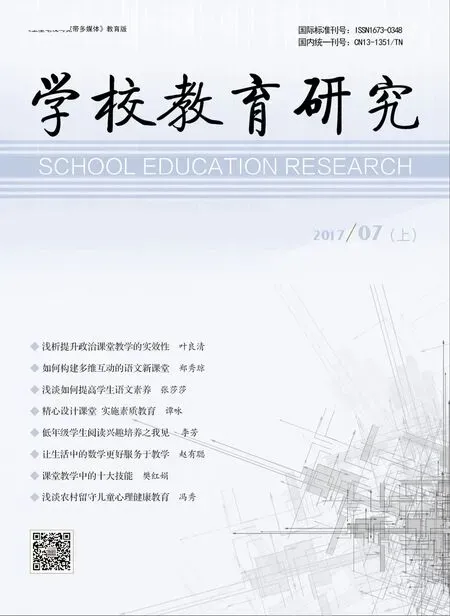基于課標(biāo)“教學(xué)評(píng)一致性”的教學(xué)設(shè)計(jì)
內(nèi)蒙古包頭市一機(jī)一中 多宏娜
授課班級(jí):高二14班
授課時(shí)間:2016.12.06第1節(jié)
所用教材:人教版高二英語(yǔ)必修五第二單元
章節(jié)名稱:Book5 Unit 2 The United Kingdom
課 時(shí):1
課標(biāo)要求
1.cultivate students‘cultural awareness about the United Kingdom
2.learn to get useful information from the passage
教學(xué)目標(biāo)
1.students have continuous learning motivation and active learning consciousness.(Level 7 Reading課標(biāo)七級(jí)閱讀要求)
2.students can read and understand some simplified original novels and Newspapers.(Level 7 Reading課標(biāo)七級(jí)閱讀要求)
3.students can get the main idea of this passage and infer the author`s attitude.(Level 7 Reading課標(biāo)七級(jí)閱讀要求)
4.students can overcome some new words and understand the main part of this news.(Level 7 Reading課標(biāo)七級(jí)閱讀要求)
5.students can infer some information with the clues in the passage(Level 7 Reading課標(biāo)七級(jí)閱讀要求)
6.students can solve different questions by drawing conclusion and using inference(Level 7 Learning Strategy課標(biāo)七級(jí)閱讀策略要求)
學(xué)情分析
1.students are from grade two whose reading skills are a little bit lower than the teachers students from grade three.
2.students have met with all kinds of reading questions but they don`t form a whole system on reading strategies.
3.the topic of this passage is close and familiar to students but some words may a little bit difficult for them
教學(xué)重點(diǎn)
1.understandings and applications of reading skills
2.the practice on drawing a mind map to analyze the structure of a passage
3.lead students to design their own questions according to a passage
教學(xué)難點(diǎn)
1.there are so many new words for students when reading
2.the design and practice of the mind map of this passage
3.the conclusion on the types of reading questions
教學(xué)策略
Scaffold teaching and taskbased teaching
課堂教學(xué)過(guò)程設(shè)計(jì)思路
Step1:Warming-up&Lead-in
Teacher`s activity:Inspire students `motivation on reading skills and find the interest of reading for key information
Student`s activity:Selflearning on a sentence
Aim of this activity:Let students get to know that when reading they don`t need to read word by word
Step2: Scan and guess
Teacher`s activity:Encourage students to get the main idea of the passage
Student`s activity:Go through the questions first and predict the main idea
Aim of this activity:Inspires students to pick out the effective information rather than focus on every sentence or even word.
Step3: Read and analyze
Teacher`s activity:High light the function of organizing the structure of a passage
Student`s activity:Draw a mind-map with the answer of five detailed questions
Aim of this activity:Strengthen students` awareness on structure-mapping of the passage.
Step4: Reflect and draw a conclusion
Teacher`s activity:Lead students to observe the differences between reading questions
Student`s activity:Answer questions and then classify their types
Aim of this activity:Let students master different types of reading questions.
Step5: Practice and consolidate
Teacher`s activity: Help students put the theory into use
Student`s activity:Design reading questions by students themselves
Aim of this activity:Transform students` position from doers to designers of the exam.
Step6: Homework
Teacher`s activity: Encourage students to summarize more features of the reading questions
Student`s activity:
1. Finish the following two passages.
2. Try to find features of each type of reading question.
Aim of this activity:
Leave students more time and space to reflect on what they have learnt on this class
教學(xué)反思
1.Presentation and practice on this type of reading class can not show its effect just on one class, so the effect of this kind of teaching need to be tested by detailed statistics and repeated conducts.
2.The selection of reading materials is a little bit difficult for the students,considering the first attempt of this kind of teaching method,teacher should provide students with a much easier reading passage.
3.In order to finish all the tasks in this 40-minute class,the first twenty minutes of the class was pushed by the teacher herself in a rather fast speed which neglect the students digest ability.

